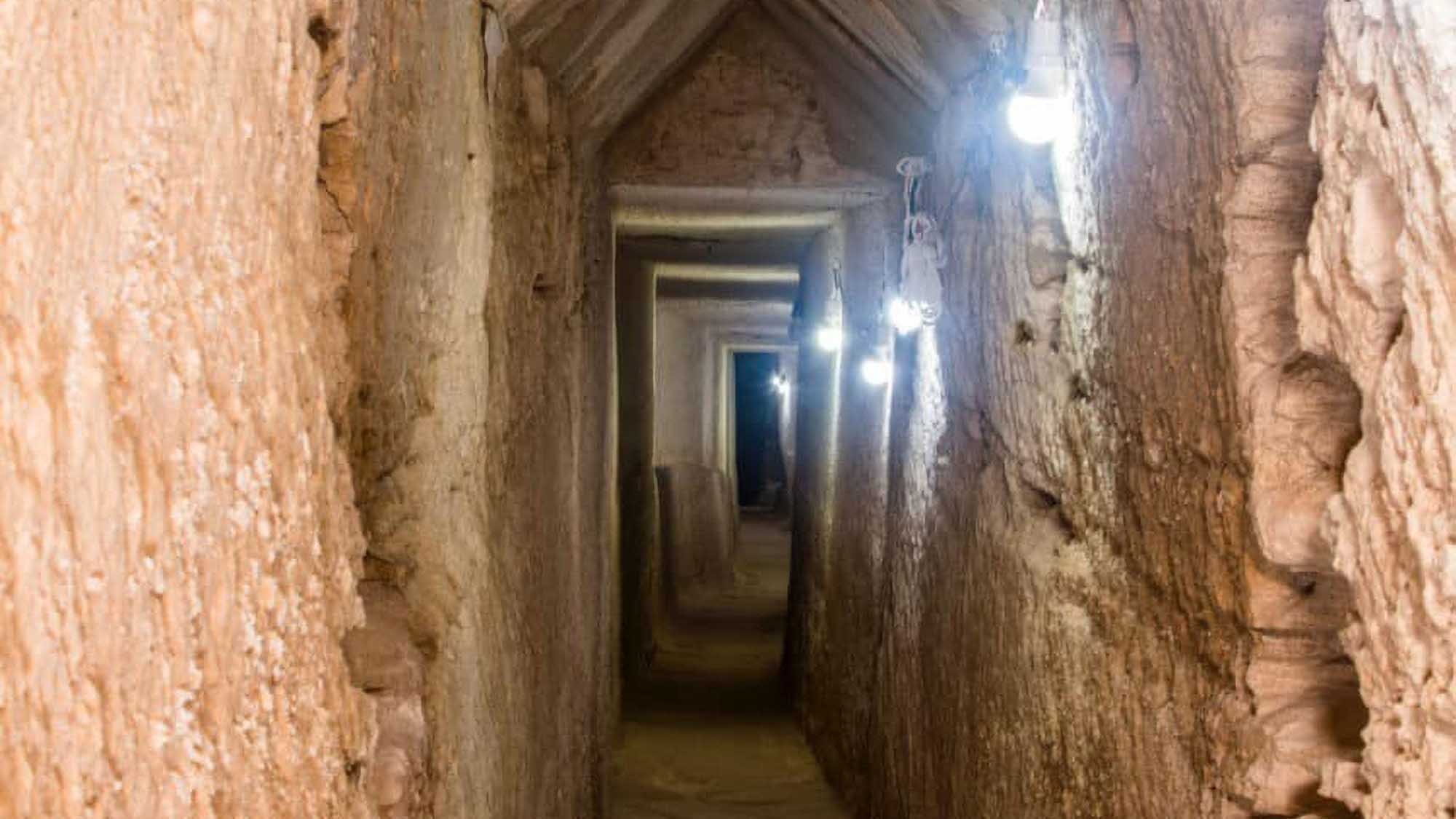Archaeologists from the Egyptian Dominican Archaeological Mission have discovered an ancient rock-cut tunnel on the northern coast of Egypt.
The Greco-Roman tunnel dating back over 2,000 years measures 1,305 metres (4,281 feet) in length and was discovered beneath the Ancient Egyptian city of Taposiris Magna.
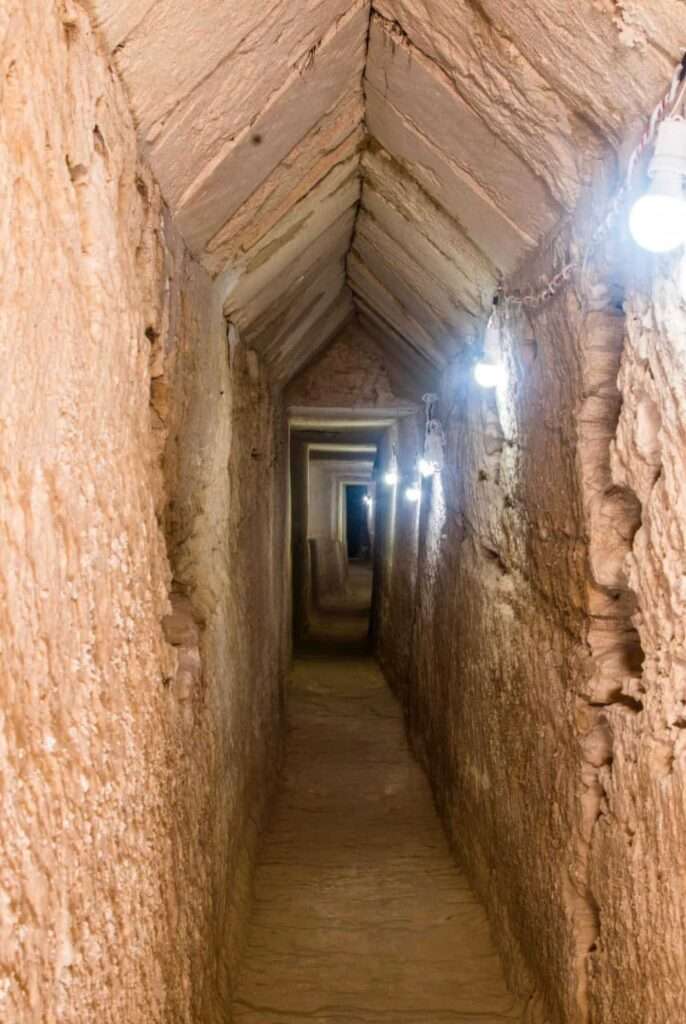
Taposiris Magna, which is a city established by Pharaoh Ptolemy II Philadelphus between 280 and 270 BC, is located in the nowadays Alexandria Governorate in Egypt.
In the past, it used to represent a great cultural and religious centre after Alexander the Great conquered Egypt in 332 BC and established Alexandria.
The Egyptian Ministry of Tourism and Antiquities revealed in a statement that the newly-discovered tunnel was two metres (6.5 feet) high and went 13 metres (43 feet) underground on Thursday, 3rd November.
In addition to the tunnel, the team led by archaeologist Kathleen Martinez for the past 14 years, found the heads of two Ptolemaic-era alabaster statues near the temple.
One of them, as reported by the ministry, most likely represents a sphinx.
Martinez, who called the tunnel “an engineering miracle”, explained that its architectural design closely resembles the Yubilinus tunnel project in Greece, aside from being considerably longer.
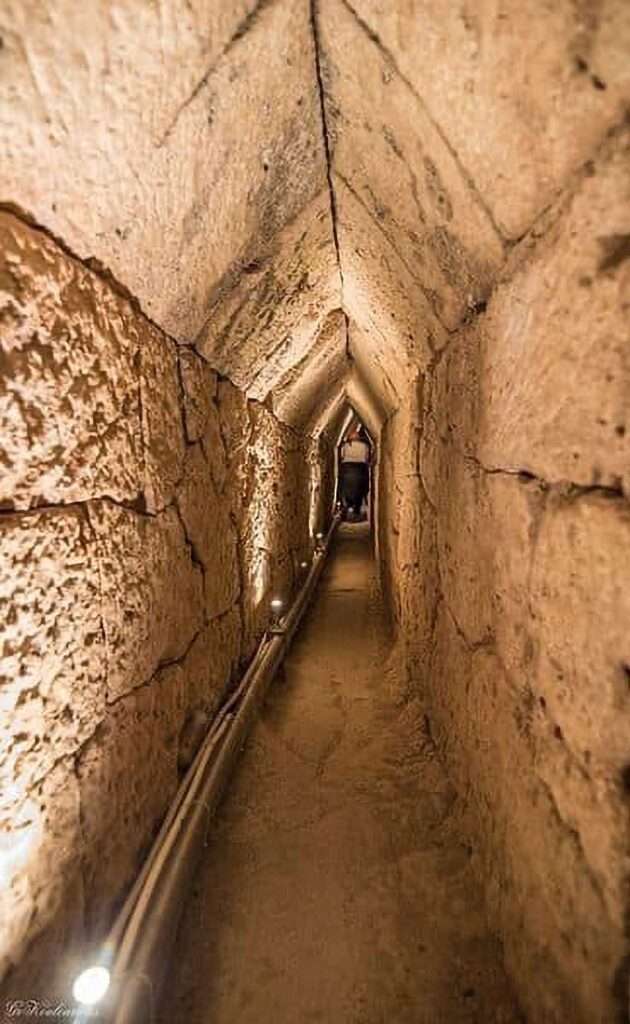
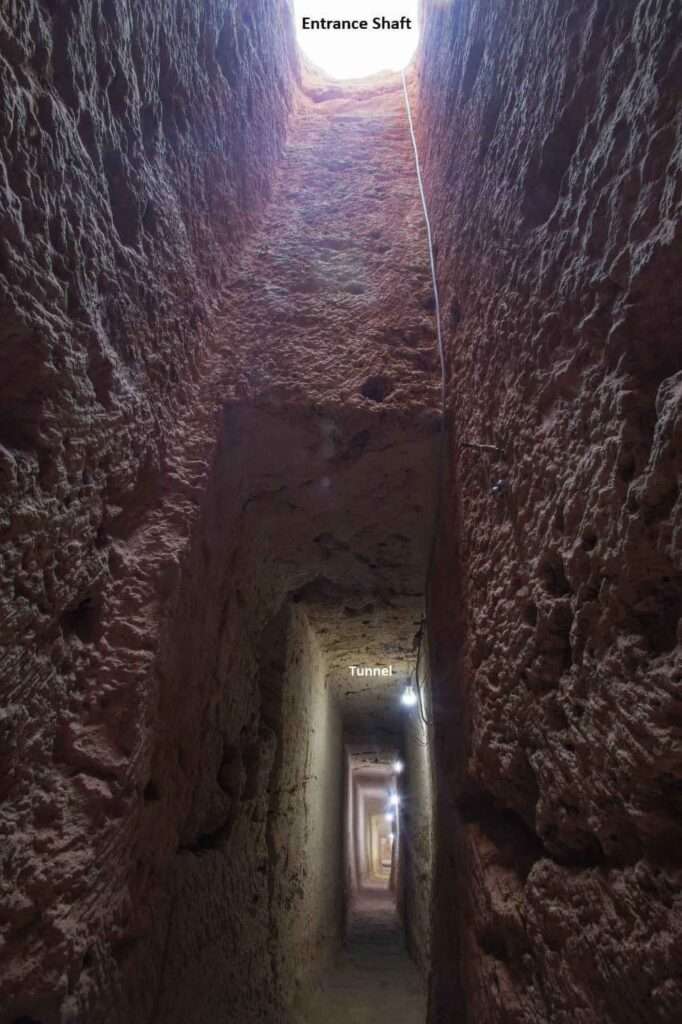
She pointed out that a decent portion of the tunnel was discovered beneath the Mediterranean Sea.
The excavations also unearthed several ceramic jars and pots, along with a rectangular block of limestone hidden under the mud and sand sediments.
At least 23 earthquakes hit the Egyptian coast between 320 AD and 1303 AD, which caused a portion of the Temple of Taposiris Magna to sink and collapse, according to the statement.
The mission is reportedly attempting to uncover a portion of the temple’s foundations that have been revealed by countless of archaeological pieces of evidence.
The Egyptian Ministry of Tourism and Antiquities said: “It is noteworthy that the mission, during previous excavation seasons, was able to find many important artefacts inside the Temple including coins bearing the images and names of both Queen Cleopatra, Alexander the Great, and a number of beheaded statues, and statues of the goddess Isis, as well patterns and figurines of various shapes and sizes.”
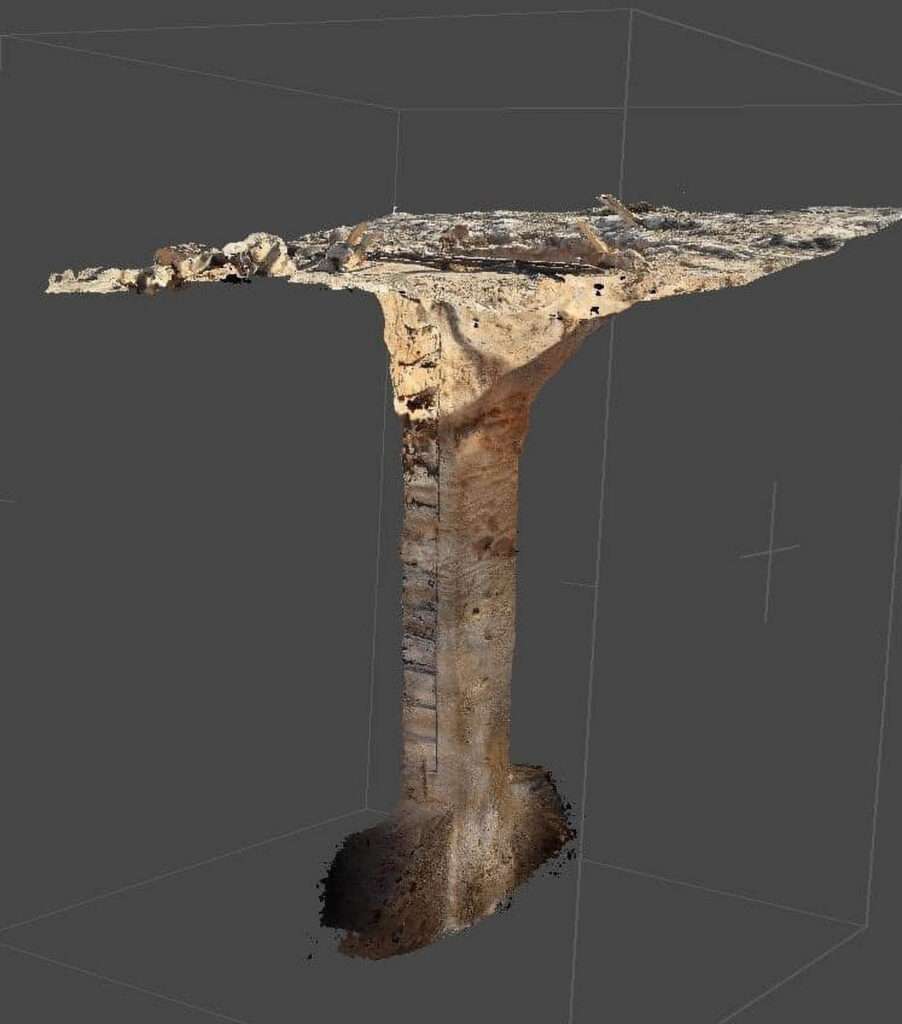

Past excavations have so far uncovered a network of tunnels stretching from King Marriott Lake to the Mediterranean and 16 burials inside rock-cut tombs commonly used in the Greek and Roman periods.
In addition, several mummies highlighting the features of the mummification process during the Greek and Roman periods have also been discovered.
To find out more about the author, editor or agency that supplied this story – please click below.
Story By: Georgina Jadikovska, Sub-Editor: Joseph Golder, Agency: Newsflash
The Ananova page is created by and dedicated to professional, independent freelance journalists. It is a place for us to showcase our work. When our news is sold to our media partners, we will include the link here.

